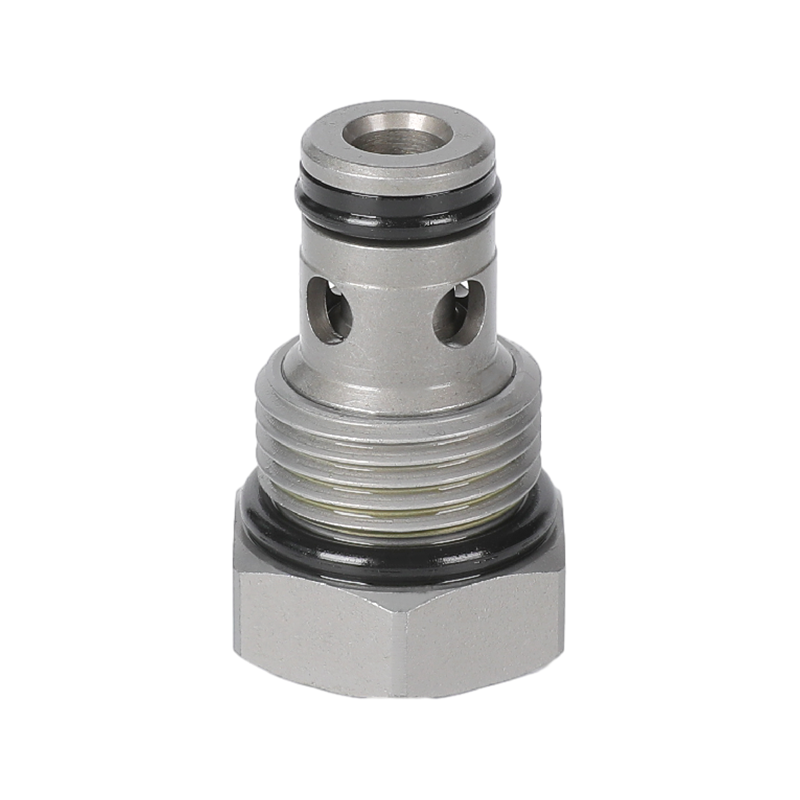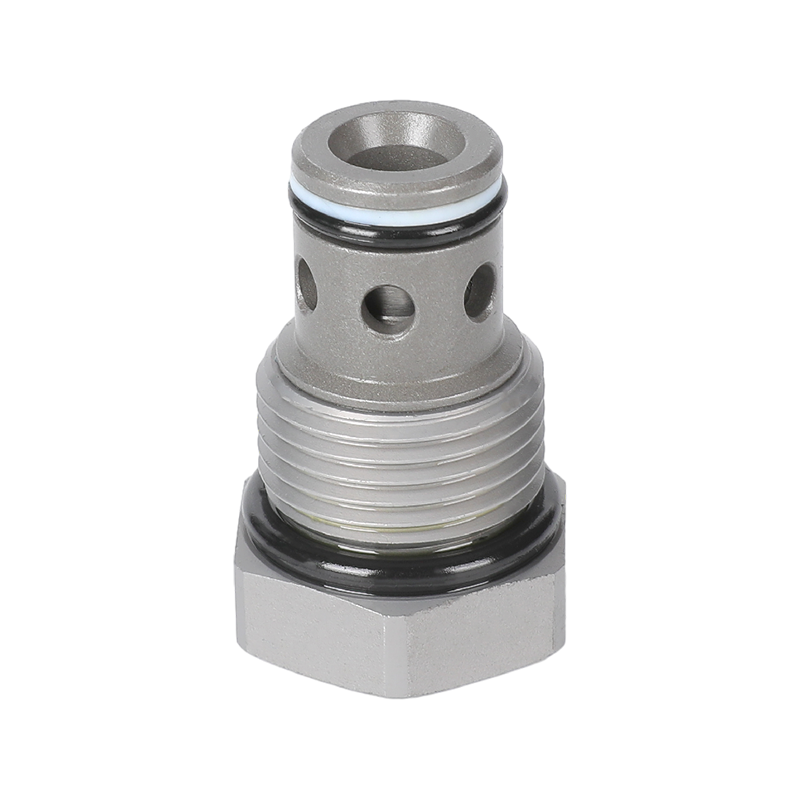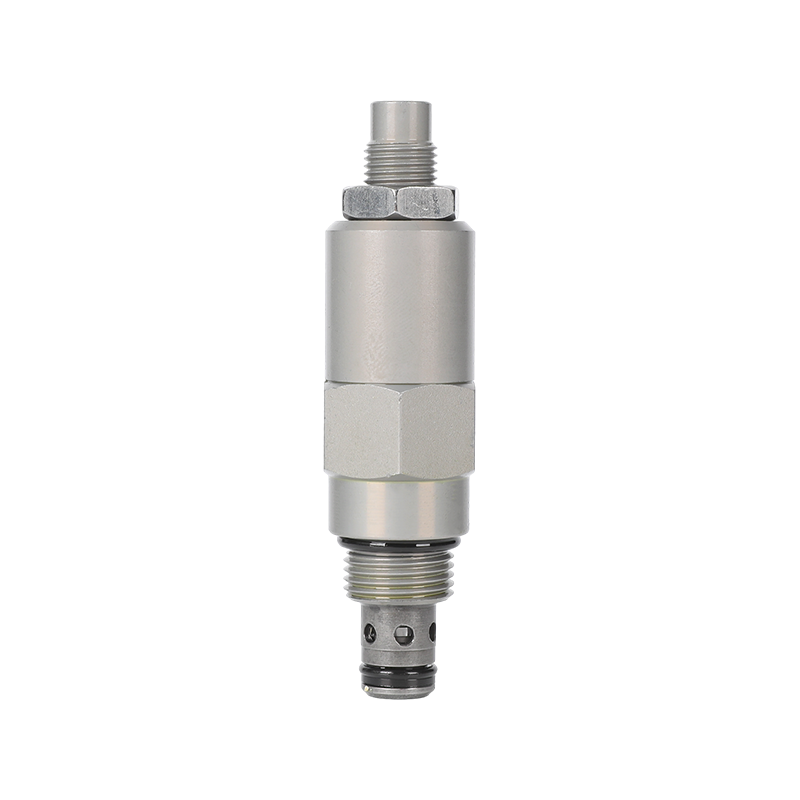1. Precise Flow Regulation
In hydraulic systems, flow control valves control the movement speed of actuators (such as hydraulic cylinders or motors) by adjusting the flow rate of the liquid; in pneumatic systems, they similarly control the propulsion or return speed of the cylinder.
Without a flow control valve, the fluid flow rate depends entirely on the output of the pump or compressed air source, which can cause problems such as inconsistent movement speed and unstable operation.
Precise flow regulation can achieve slow start, slow stop, and constant speed movement, which helps to improve the controllability and consistency of equipment operation.
In industrial equipment that requires high-precision motion control (such as CNC machine tools and automated gripping systems), stable speed control is essential.
Efficiency improvement point: Precise flow control avoids product defects or energy waste caused by unstable movement, and improves the overall operation quality.
2. Energy Conservation
Through flow regulation, the system only outputs the corresponding power when needed to prevent excess energy loss.
In hydraulic systems, excessive flow can cause overheating, resulting in rising oil temperatures, forcing the cooling system to run for a long time, increasing energy consumption and maintenance costs.
In pneumatic systems, excessive flow causes waste of compressed air, reduces compressor efficiency, and increases energy bills.
Using a flow valve with pressure compensation function can maintain a constant flow rate when the system pressure fluctuates, thereby reducing energy waste.
Efficiency improvement point: The flow control valve avoids the inefficiency of the system "big horse pulling a small cart", realizes on-demand energy supply, and significantly reduces operating costs.
3. System Stability and Smooth Operation
Sudden changes in flow in the system can cause impact loads, mechanical vibrations, and even liquid hammer. By controlling the flow rate, the flow control valve can significantly improve the stability and smoothness of the system operation.
For example, in hydraulic lifting equipment, if it is not controlled, the hydraulic cylinder may fall violently due to gravity acceleration when it descends, which is both dangerous and damaging to the equipment.
In pneumatic systems, sudden and rapid advancement can easily cause workpiece displacement and fixture sliding, affecting production accuracy.
The flow valve acts as a "buffer", making the movement process smoother, especially in high-speed or high-load applications.
Efficiency improvement points: Smooth movement reduces mechanical stress, reduces failure rate, and extends the service life of components.
4. Load-Independent Control
In scenarios where loads change frequently, such as multi-station automation equipment, the flow rate must be stable to ensure consistent operation.
Common load changes include: changes in workpiece weight, changes in friction conditions, changes in back pressure, etc.
If the flow valve does not have a pressure compensation mechanism, the flow rate will fluctuate due to pressure changes, resulting in inconsistent movement speed.
High-performance flow control valves (such as pressure-compensated throttle valves) can maintain a constant flow regardless of changes in system pressure.
Efficiency improvement points: Load-independent stable control improves product consistency, reduces debugging time, and improves equipment operation efficiency.
5. Integrated Functions Reduce Complexity
Many modern flow control valves integrate functions such as regulation, check, and directional control into one, replacing multiple independent components.
For example, a flow valve with a one-way check function allows liquid to flow freely in one direction and flow in a controlled manner in the opposite direction, avoiding the repeated installation of multiple components.
The integrated structure reduces the number of connection points and the risk of leakage.
The reduced piping and installation space facilitates the compact design of the system.
Efficiency improvement points: The system structure is simplified, the installation is fast, the maintenance is convenient, there are fewer failure points, and the overall system is more reliable and efficient.
6. Reduced Maintenance and Downtime
Good flow control helps reduce system temperature rise, reduce wear, and avoid problems such as liquid hammer or air hammer.
Thermal overload and vibration are the most common sources of failure in hydraulic systems, and these are mostly caused by improper flow control.
Stable flow prevents the actuator from overspeeding, thereby reducing the wear of components such as piston rods, seals, and guides.
Reduced maintenance frequency also means lower labor costs and higher equipment availability.
Efficiency improvement points: The system is more reliable, downtime is shorter, and overall operational efficiency is significantly improved.

 English
English русский
русский
 ++86-0575-87669088
++86-0575-87669088


